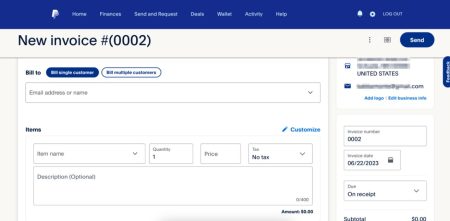Have you ever heard of reverse stock splits and wondered what they are all about? In the world of finance, a reverse stock split can be a topic of confusion for many investors. In this article, they will demystify reverse splits, providing key insights to help you understand their purpose, how they work, and what they mean for shareholders.
Understanding Reverse Stock Splits
Reverse splits are corporate actions companies take to decrease the number of outstanding shares while increasing the share price. Unlike a regular stock split, where a company divides its shares to increase the number of outstanding shares, a reverse split does the opposite.
To better grasp the concept, let’s use an analogy. Imagine a pizza that is cut into eight slices. Now, picture those eight slices combined and transformed into four larger slices. Although the number of slices has reduced, each slice becomes larger. Similarly, the number of shares is reduced in a reverse split, but the share price increases proportionally.
SoFi experts say, “Companies can use multiple ratios for executing reverse stock splits.”
The Purpose of Reverse Stock Splits
Companies implement reverse splits for various reasons, and it’s important to understand their motivations. One common reason is to meet the stock exchange’s minimum share price requirements. Some exchanges have listing rules that require a minimum share price to maintain compliance. Companies can continue trading on these exchanges by increasing the share price through a reverse split.
Another purpose of a reverse split is to enhance the perceived value of a company’s shares. When a share price drops too low, it may be perceived as a sign of financial distress or a lack of investor confidence. By increasing the share price through a reverse split, companies can create the impression of more valuable stock, potentially attracting new investors.
How Reverse Stock Splits Work
Reverse splits typically involve a specific ratio, such as 1-for-5 or 1-for-10. This means that for every 5 or 10 shares held, shareholders receive 1 share after executing the reverse split. For example, if you owned 100 shares at a 1-for-5 reverse split, you would receive 20 shares after the split.
It’s important to note that the reverse split does not change the overall value of a shareholder’s investment. While the number of shares decreases, the share price increases proportionally, so the total value remains the same. However, it’s essential to consider any associated transaction costs or fees that may impact the overall value of an investment.
Reverse splits can have varying effects on shareholders. While the overall value of their investment remains the same, individual shareholders may experience changes in their shareholding. For example, if a shareholder holds a number of shares that is not evenly divisible by the reverse split ratio, they may receive a fractional share or a cash payment in lieu of a fractional share.
Reverse splits can be puzzling for investors, but they become less mysterious with a clear understanding of their purpose and mechanics. By decreasing the number of outstanding shares while increasing the share price, companies aim to meet listing requirements and create the perception of more valuable stock.
Remember, while the reverse split may change the number of shares, it does not alter the overall value of a shareholder’s investment. If you encounter a reverse split, take the time to assess its impact on your holdings and consult with financial professionals if needed.













